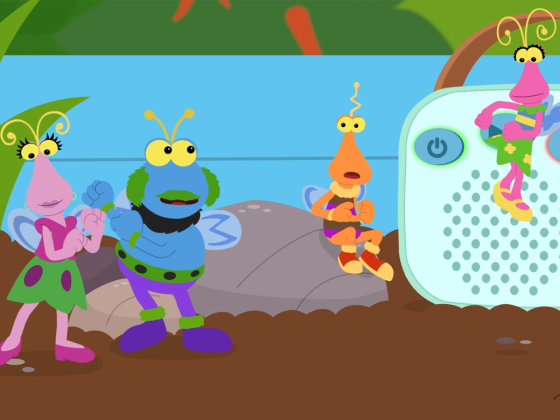
Caring for My Brain: Twiddlebugs Get Moving
When we move our bodies, we’re taking care of our brains.
Explain the brain to children: Our brains are inside our heads. Our brains let us learn, listen, talk, imagine, read, play, move, and so much more. Our brains help us feel, name, and talk about our feelings. Our brains can help us calm our bodies down.
Then tell children that when we move our bodies, we’re taking care of our brains. Together, watch the video (you might move along!). From time to time, you can help further explain or emphasize the ideas in the video by saying things like:
- Moving helps our bodies and brains.
- Moving our bodies during the day helps us sleep well at night.
- We might move our bodies in different ways depending on how we’re feeling. We might like to dance fast when we’re feeling excited or stretch slowly when we’re feeling tired or sad.
- It can be fun to move our bodies while playing outside. Your body can move in so many ways: you can jump, run, climb, stretch, and more!
Later, on your own, consider these tips:
- Together, do “The Twiddlebug” to music (wiggling, pretend you’re flying – whatever works!) in celebration of their brains and bodies.
- Move together—it’s great for the whole family. Try a family dance party and take turns choosing the music.
- Active play and physical activity enhance learning—children learn well while they’re moving. Challenge children to make shapes with their bodies, count their hops, or dance as they sing the alphabet song.
- Turn a short walk into a game in which everyone takes turns deciding how you’ll move along (skipping, hopping like bunnies, walking while flapping your arms like birds, and so on).
- Invite children to make up different ways to hop, stretch, and move to complete a simple obstacle course, then add on when they’re ready. Explain that our brains and bodies work together to do tricky things like obstacle courses.
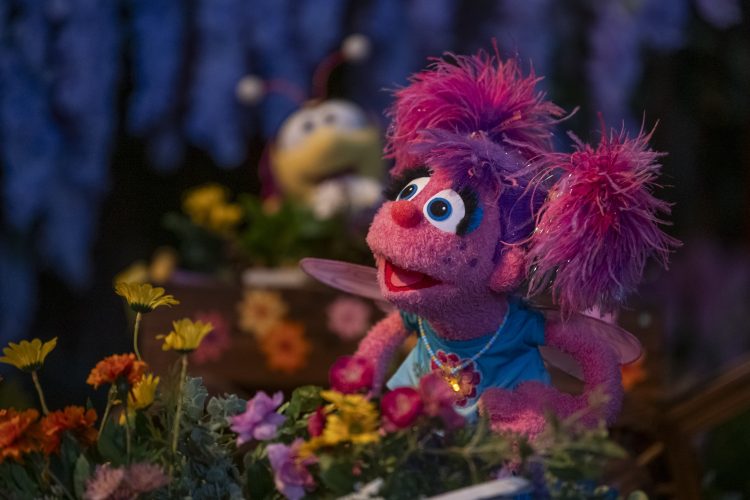
Watch and Play: Abby's Magical Beasties
Watch this episode and explore ways to extend the learning at home.

Episode 1 - Ask an Expert: Choices
In the first episode of this six-part series, hear from an expert about how daily decision-making plays a role in family digital well-being.

Episode 2 - Ask an Expert: Notice
In episode two of a six-part series, explore strategies your family can use to build awareness about feelings, choices, and behaviors related to technology and media use.
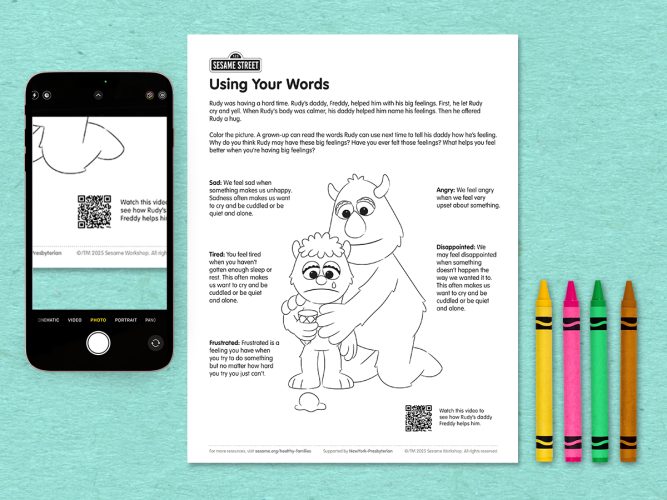
Using Your Words
A coloring page helping children explore words for big feelings.
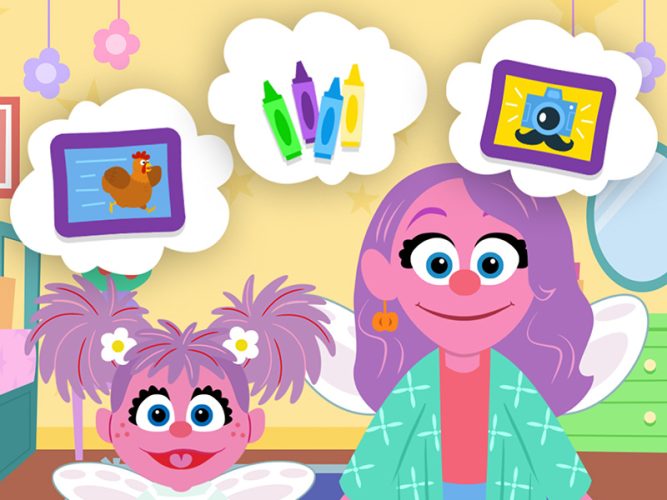
C is for Choice
A game about making choices, big and small.
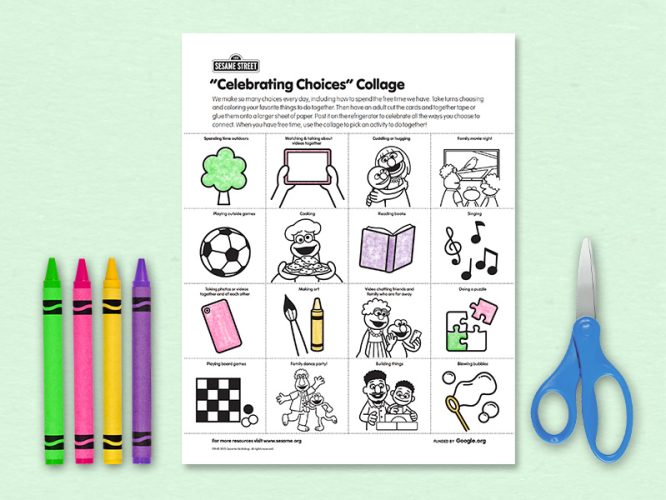
“Celebrating Choices” Collage
Celebrate the ways you choose to spend time together as a family!

Making Healthy Choices Around Digital Media: A Conversation with Vikki Katz, Ph.D.
Learn strategies for making good choices for your family's digital well-being from expert Vikki Katz, Ph.D.
